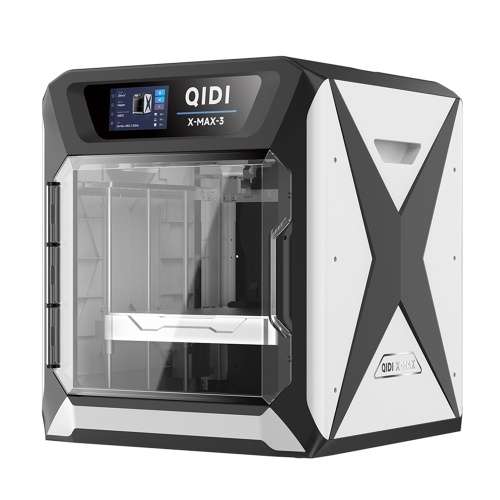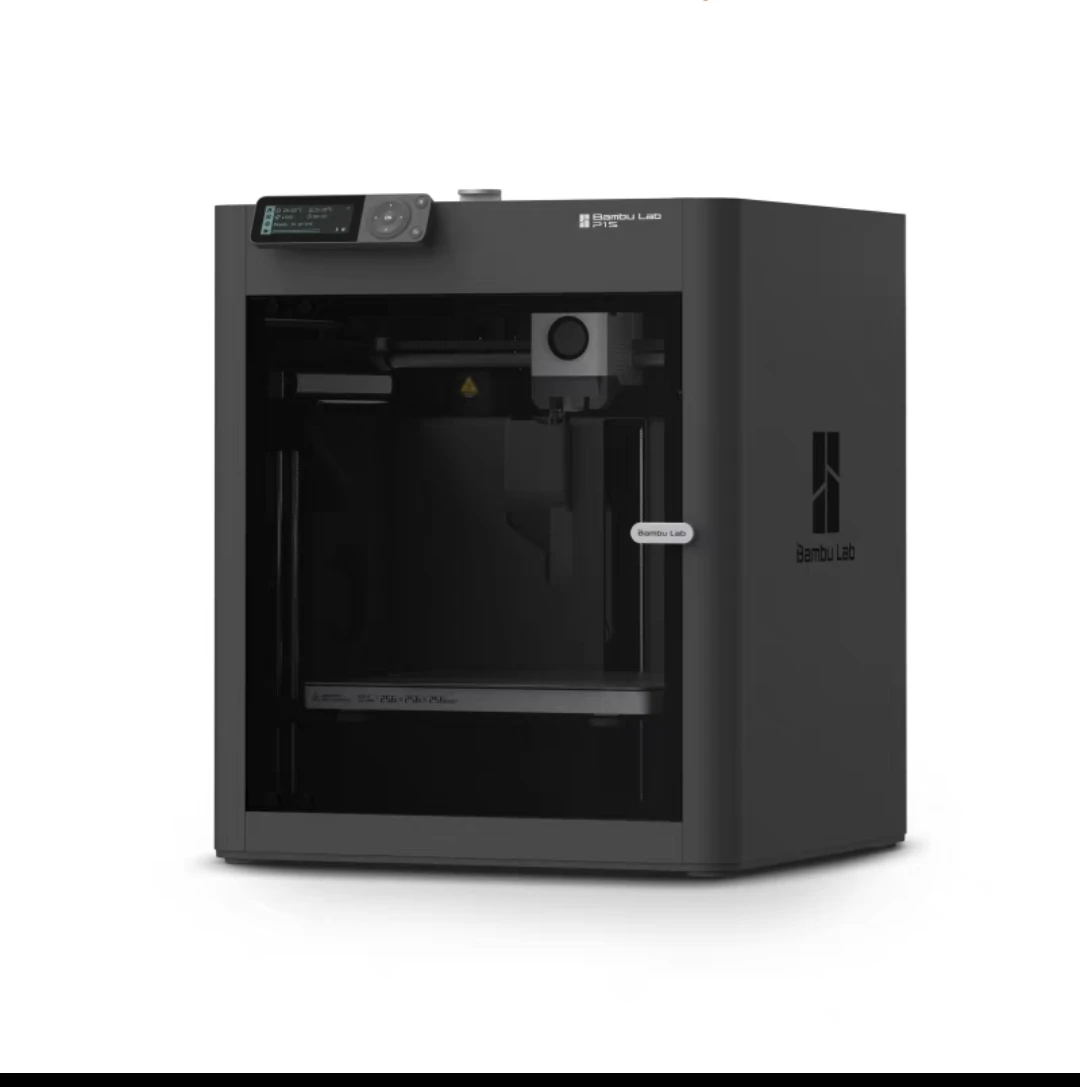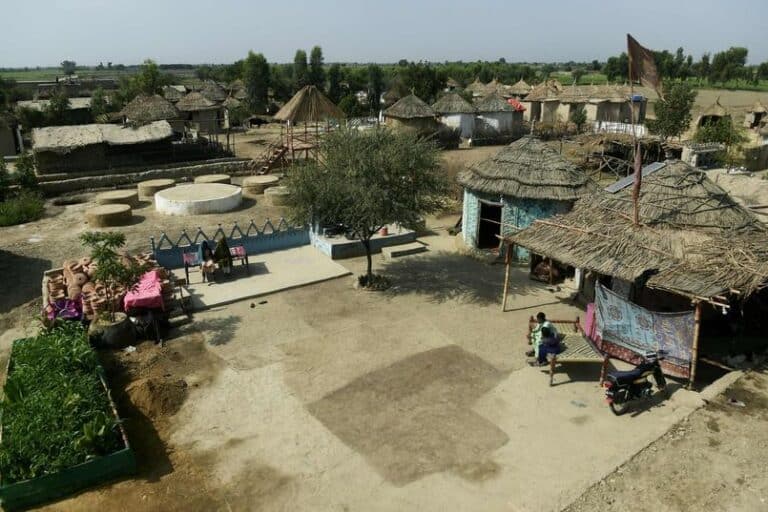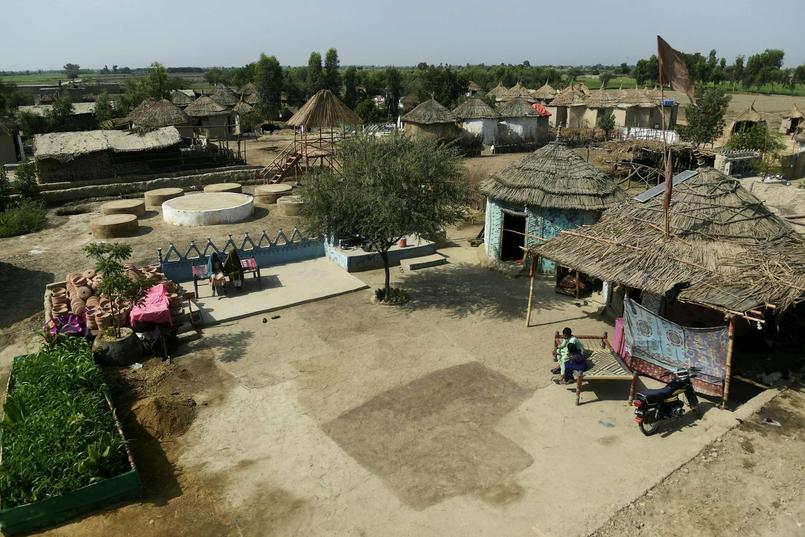
L’3D printing represents a true revolution in the field of production, transforming our approach to manufacturing and consumption. With the advent of technology microwave, this innovation takes a new step by allowing the recycling of materials used during printing. This process offers a sustainable and environmentally friendly alternative, while opening the way to endless possibilities for creators and manufacturers. Thanks to compact, accessible devices at reduced costs, everyone will soon be able to benefit from this technological advance, propelling the3D printing towards unsuspected horizons.

3D printing technology is undergoing a fascinating evolution, particularly with the integration of microwave in the material recycling process. This breakthrough promises to transform the way we design and produce objects, while contributing to a more sustainable future through effective waste management. In this article, we will explore how this revolution changes our relationship to production, emphasizing the environmental benefits and the technical innovations it brings.
Table of Contents
ToggleA new era for 3D printing
Since the appearance of 3D printing in the late 1990s, this technology has continued to progress. It is gradually taking a prominent place in the manufacturing sector, influencing the way we consume. The ability to create objects directly from digital files eliminates the need for physical inventory, which is a logistical revolution in itself. The arrival of recycling technologies, particularly via microwaves, opens up new perspectives for this production method.
The potential of microwaves in recycling
The technology of microwave allows you to optimize the recycling process of plastics used in 3D printing. In fact, microwaves act on the polymer chains so as to decompose them quickly and efficiently, thus facilitating recycling. This innovation helps reduce the amount of waste generated by 3D printing, and allows users to transform their old parts into new creations, making the method even more sustainable.
Democratization of 3D printing
With the fall in prices of 3D printers and the simplification of processes, this technology becomes accessible to an ever-wider audience. Cheaper and more efficient, these printers now allow individual users and small businesses to start producing personalized objects without having to resort to traditional manufacturing methods. This paves the way for a new creative era where everyone can give free rein to their imagination, while integrating sustainability through the recycling of materials.
Impacts on manufacturing processes
The 3D printing revolution using microwaves also has notable consequences on manufacturing processes. By improving the recycling of materials, this technology helps reduce production costs and lead times. Manufacturers can now produce parts in a more flexible and agile way, making the production chain less dependent on conventional resources. This transforms industry standards while meeting growing demand for sustainability-oriented practice.
Towards a sustainable future
As technological innovation continues to evolve, it is clear that 3D printing and microwave technology will play a vital role in the transition to a more environmentally friendly future. The combination of these two advances makes it possible to consider creative solutions to the problems of overconsumption and waste management. By integrating recycling at the heart of the production process, we see a promising panorama emerging where manufacturing becomes completely circular.
- Innovation : Use of microwaves to optimize the recycling of plastics intended for 3D printing.
- Sustainability : Efficient recycling of printing waste, reducing environmental impact.
- Accessibility : Savings on material costs through a simplified recycling process.
- Microfabrication : Development of 3D micro-printers capable of creating parts on a microscopic scale.
- Technology : Rapid advances in the capabilities of 3D printers, making production faster and more precise.
- Industrial revolution : 3D printing transforms traditional production methods.
- Personalization : Flexibility in the design of objects, better meeting individual needs.
- Circular economy : Promotes a sustainable production and consumption model.
📣 L’impression 3D ça vous parle ?
— Autodesk France (@AutodeskFrance) August 25, 2023
Souvent associée au plastique, elle se révèle être de plus en plus novatrice en termes de matériaux d’impression.
Découvrez les ici 👉 https://t.co/Gz1O29aGxX#Autodesk #PositiveImpact #DesignAndMake #MakeAnything pic.twitter.com/TxzuYVm7pW
















